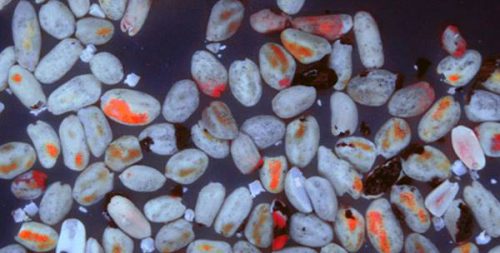Tomra releases a laser and sorting technology to help lower the danger of lethal aflatoxin across the world.
The sensor-based Detox laser utilizes an optical design that can detect aflatoxin contamination.
It works by identifying the extremely low intensity of light reflected by the aflatoxin mold and fungus in a variety of food types, from peanuts, almonds and hazelnuts to dried fruit, such as figs.
Infected food can then be removed and eliminated from the production process, helping to ensure a compliant end product.
Toxic substance
Aflatoxin – a toxic natural substance produced by fungus and mold found in certain foods – is an ongoing threat to the global population.
The toxin can be found in a number of food types but is most commonly found in grains such as rice and corn, soybeans, certain cooking oils, and nuts – particularly peanuts.
Research shows that the chronic intake of foods infected with aflatoxin can increase the risk of dying from liver cancer by up to 66%.
It is classified as a group 1 carcinogenic agent, and is estimated to be 68 times more deadly than arsenic.
Aflatoxin generally grows in damp environments such as storehouses that are not kept below a certain humidity level, and can quickly spread once it develops, infecting other food and products.
As it is colorless and tasteless, it can be extremely difficult to identify, while the substance can also withstand temperatures up to 280℃, meaning it cannot be destroyed or removed by cooking or boiling.
As a result, many traditional methods have proven ineffective at detecting or removing aflatoxin.










